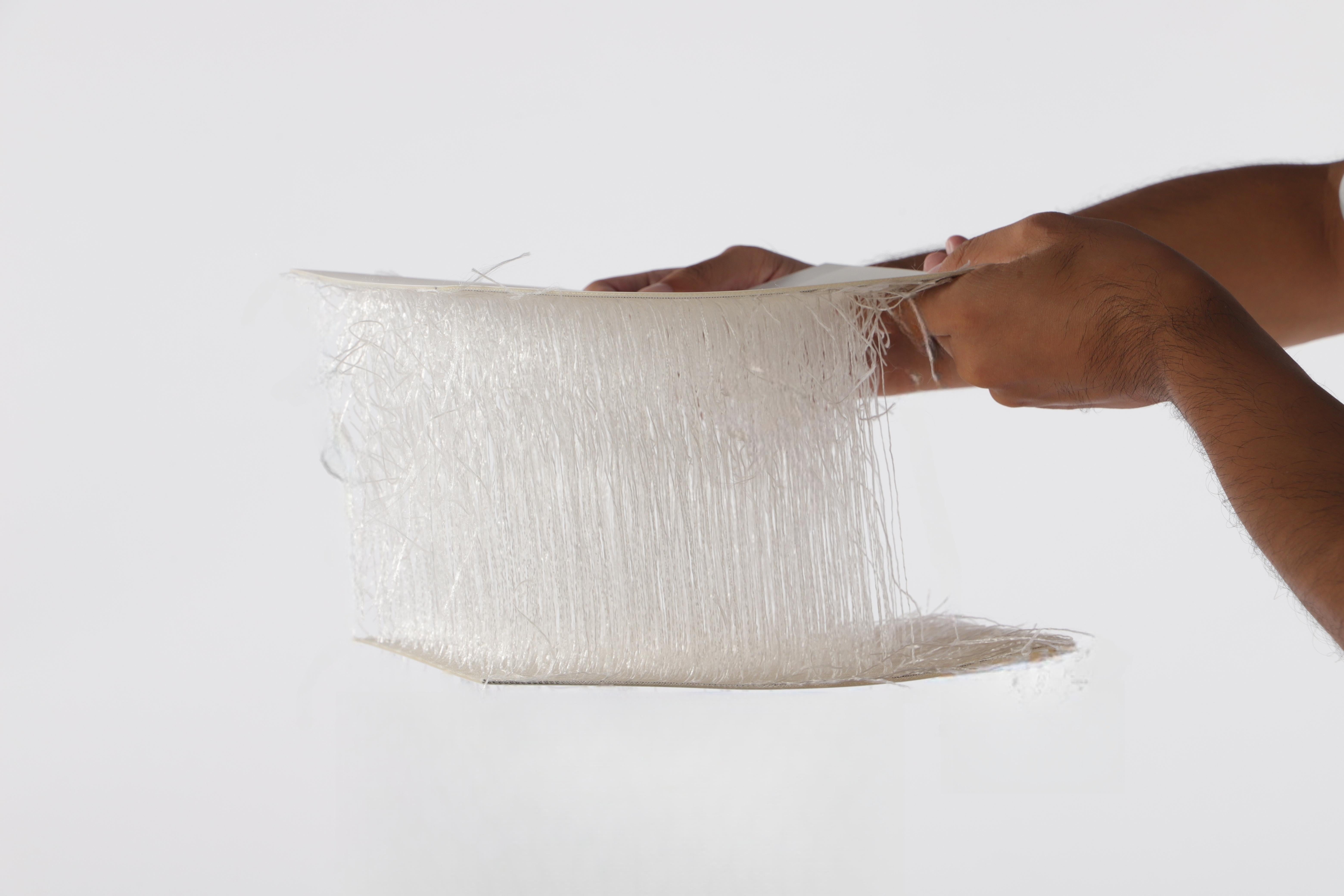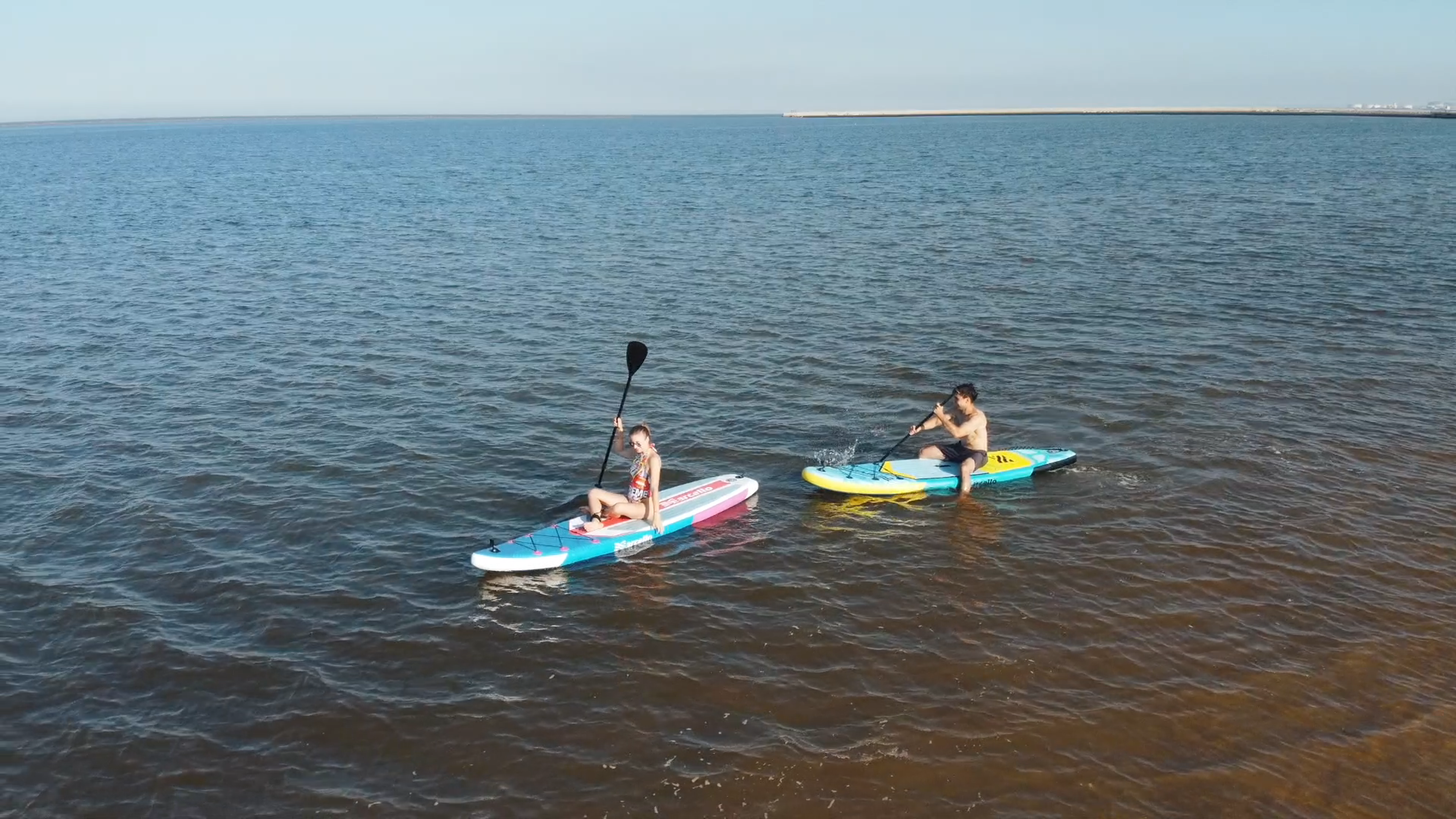When researching inflatable stand-up paddle boards (iSUPs), you’ve likely come across the term “recommended PSI for paddle board”. But what does it really mean—and is a higher PSI always better?
Let’s unpack the science and manufacturing standards behind iSUP air pressure, and help you decide what PSI is truly ideal for your needs.
What Is PSI and Why Does It Matter?
PSI, or pounds per square inch, measures the air pressure inside your paddle board. The stiffer the board, the better it performs—up to a point.
According to ISPO Munich, a leading global trade fair for sports equipment, “a properly inflated iSUP at around 15 PSI can mimic the rigidity of a solid board and enhance performance and stability without overstressing the seams.”
The Myth: Higher PSI = Better Board
Many assume that if a board can handle 18 or even 20 PSI, it must be better quality. But that’s not always true.
Here’s why:
|
Factor |
Description |
|
Material Limits |
Most drop-stitch cores start to show stress beyond 15–18 PSI. |
|
Diminishing Returns |
The performance gain from 15 → 18 PSI is minor, while risk increases. |
|
Overinflation Damage |
In hot climates, 1–2 PSI can expand further, risking seam blowouts. |
Even high-end manufacturers like Red Paddle Co. and Starboard recommend inflating to 15–18 PSI for optimal rigidity and performance—not the maximum their boards can technically tolerate.
Real-World Testing: How PSI Affects Board Performance
A study by SUPBoarder Magazine tested the same inflatable board at 10, 15, and 18 PSI. Key findings:
At 10 PSI, the board visibly flexed under a 165 lb (75 kg) rider.
At 15 PSI, the board was significantly stiffer and more efficient.
At 18 PSI, stiffness increased by only ~8%, but required ~30% more effort to inflate and showed signs of thermal stress under direct sunlight.
Recommended PSI for Paddle Board Use Cases
|
Use Case |
Recommended PSI |
Notes |
|
Recreational / Beginners |
12–14 PSI |
Easier to pump, gentler on seams |
|
Touring / Long Distance |
14–16 PSI |
More glide and less flex |
|
Heavy Riders or Cargo |
15–17 PSI |
Supports extra weight with better stability |
|
Racing / Performance |
16–18 PSI |
Max stiffness, only if board supports it |
Always follow your manufacturer’s rating. If it says “Max 15 PSI”, do not exceed it—even if you’ve read someone else inflated to 20.
Temperature & PSI: A Critical Factor
PSI isn't static. Heat expands air. According to Boyle’s Law, for every 10°C (18°F) temperature increase, your internal pressure can rise by nearly 7%.
Example: A board inflated to 15 PSI at 70°F could reach 16 PSI+ in full sun.
Tip: On hot days, inflate to 1–2 PSI below your usual pressure.
So, What’s the Right PSI for Your Paddle Board?
Short answer: Recommended PSI for paddle board use is typically 12–16 PSI for most adult paddlers.
Long answer: It depends on your board construction, weight, riding style, and environment.
1. Fusion-layered boards with woven drop-stitch support higher PSI safely.
2. Budget boards with single-layer PVC may delaminate above 12–13 PSI.
3. Always allow for environmental expansion.
✅ Final Takeaways
Higher PSI isn’t always better. It’s about hitting the right PSI for your gear and your goals.
Most riders will benefit from 14–15 PSI, with minimal added performance from higher pressures.
Look at construction quality, not just PSI ratings, when choosing a paddle board.
Frequently Asked Questions
Q: Can I inflate my paddle board over 15 PSI?
A: Only if your board is rated for it. Marcello boards can handle up Over 20 PSI, but we recommend 12–15 PSI for optimal safety and performance.
Q: What happens if I underinflate my paddle board?
A: The board may flex or sag, making it harder to paddle and less stable—especially for heavier riders.
Q: How does temperature affect SUP pressure?
A: Heat increases internal air pressure. Inflate slightly below your normal PSI on hot days to avoid over-expansion.
Looking to Source Reliable iSUPs for Your Business?
At Marcello, we’ve helped retailers, rental shops, and outdoor brands across the globe deliver high-performance inflatable paddle boards their customers love. Whether you're looking for OEM/ODM solutions or need expert guidance, we’re here to help.
Get in touch with our team today to receive:
1. A full product catalog
2. Custom branding options
3. Technical documentation on board specs & inflation standards
Simply email us at marcellosupplier@gmail.com or contact us form here.
Let’s build better boards together.




